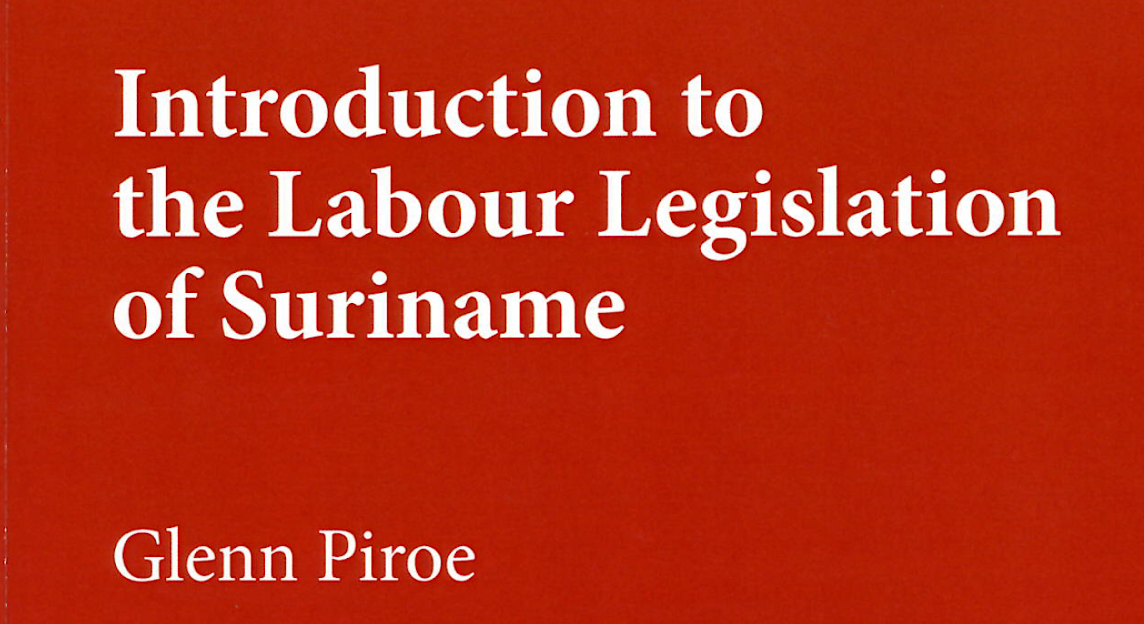After the economic slowdown and recession in 2014-2016, in which the economy shrank by no less than 5.6 percent in 2016, there was a certain recovery in 2017-2019 with an economic growth rate that was around 2 percent. The drop in world market prices of our most important export products, the complete shutdown of the bauxite industry in 2015, but also little or no adjustment of government policy to these developments, were the cause of the poor economic growth in 2014-2016. Because of the above reasons, government revenue declined in the reference period, while expenditure increased. This resulted in higher deficits of the government overall balance, which went from 2.7 percent in 2012 to 11.3 percent in 2016. After 2016, government revenues increased again due to rising world market prices for gold and oil, increasing gold production due to the operationalization of the Merian mine of Newmont Goldencorp Suriname and a slight recovery of the non-mineral production sectors. In SRD terms, government revenues rose sharply in 2017-2018, although revenues in USD terms were not yet at the same level as they were in 2012.
Government spending continued to rise faster than revenues in the years following the recession. Most of the expenditures were allocated to subsidies and contributions and wages and salaries, while quite a few arrear payments were made in those years. Because of this trend, the deficit of government overall balance remained significantly high and amounted to around 9.3 percent and 11.5 percent of GDP in 2017 and 2018. The high overall deficits are starting to become more of a structural problem for the government and have led to a rising government debt. The debt has increased enormously to around USD 2.8 billion at the end of October 2019. External debt has risen sharply in recent years, with many of the debt attracted on the international capital market at high interest rates due to the country’s deteriorating credit ratings. The fragile macroeconomic stability, high rising government financing gap and debt, weak institutions, but also the many changes to the Government National Debt Act in recent years, as a result of which the policy regarding the lending ceiling has been made less and less transparent, are the causes of the deteriorated creditworthiness of the country.
Assuming an estimated effective debt-to-GDP ratio of 75.6 percent at the end of December 2019 and the country’s baseline medium-term outlook by the IMF, the government debt could rise further in 5 years to around 85 percent of GDP in 2024. If overall deficit of the government is much higher in 2020 than the baseline indicates, the value of the local currency will come under further pressure, resulting in a depreciation of the exchange rate, rising domestic inflation, lower economic growth and higher average interest rate on the government debt portfolio, as a result of which the debt-to-GDP ratio could rise further to around 94 percent in 2024. It is clear that the government must generate surpluses on its overall balance, to repay old debts and lower the debt-to-GDP ratio. To do this, it will have to take both revenue-increasing and expenditure-reducing measures.
The recent positive reports about offshore oil findings, will not generate much income for the country in the medium term. It is therefore important that the government, in cooperation with all social groups in the country in the transition period until the start of offshore oil production, stabilizes the economy by bringing it back in an equilibrium position on all levels, set up a good policy framework that is supported by strong institutions and the required legislation. If the government does this, it will then be able to invest future revenues from the oil and gas industry in a sustainable manner, so that future generations can also benefit from it. If this is not the case, the government will consume most of the revenues from the sector and it will not be possible to achieve sustainable growth and development in the long term.

